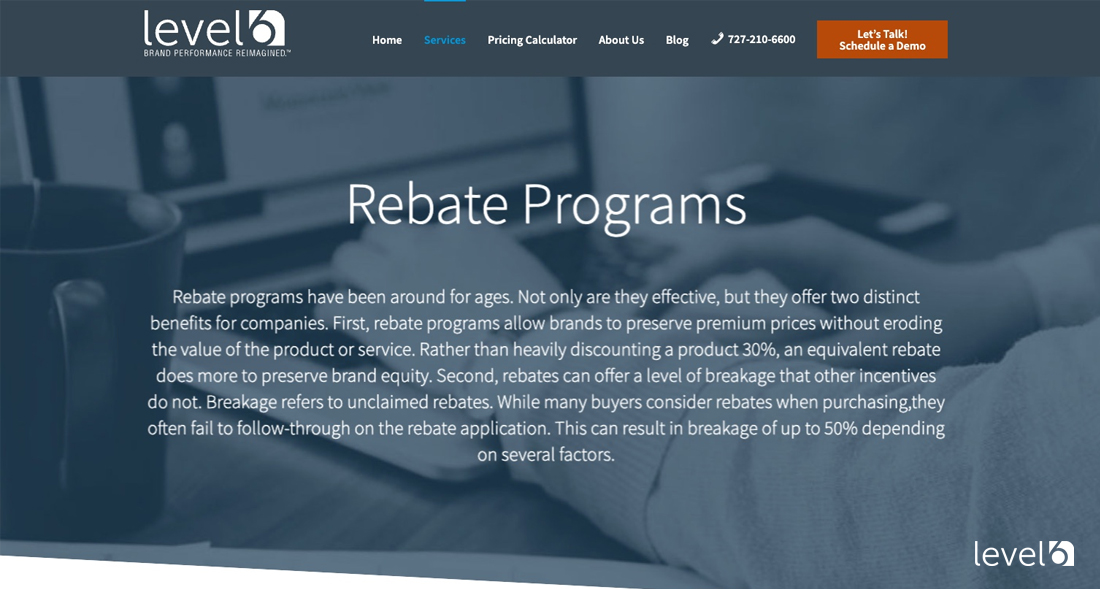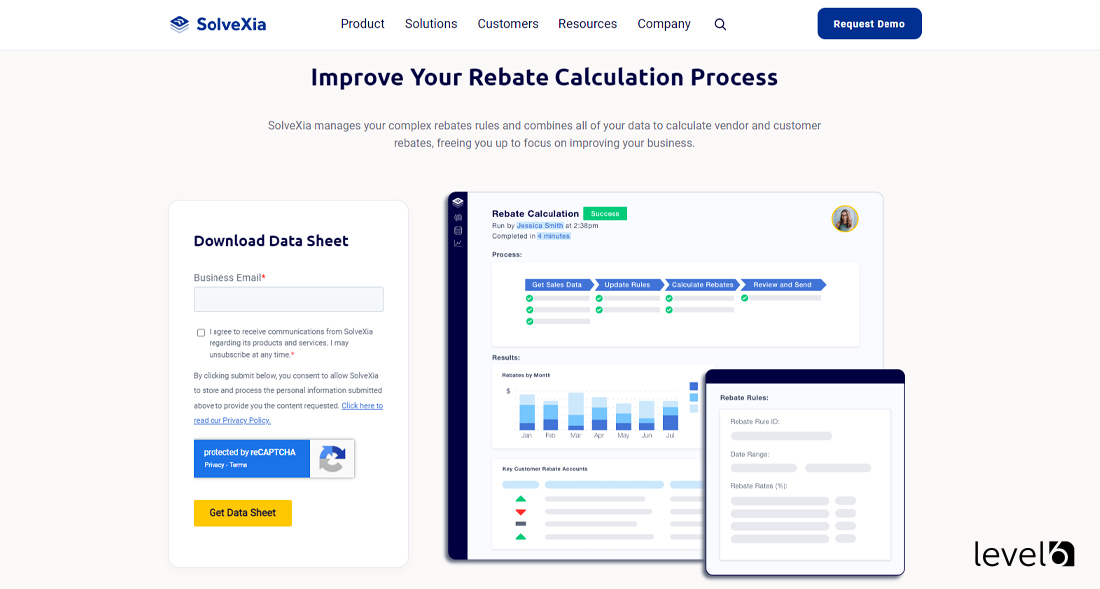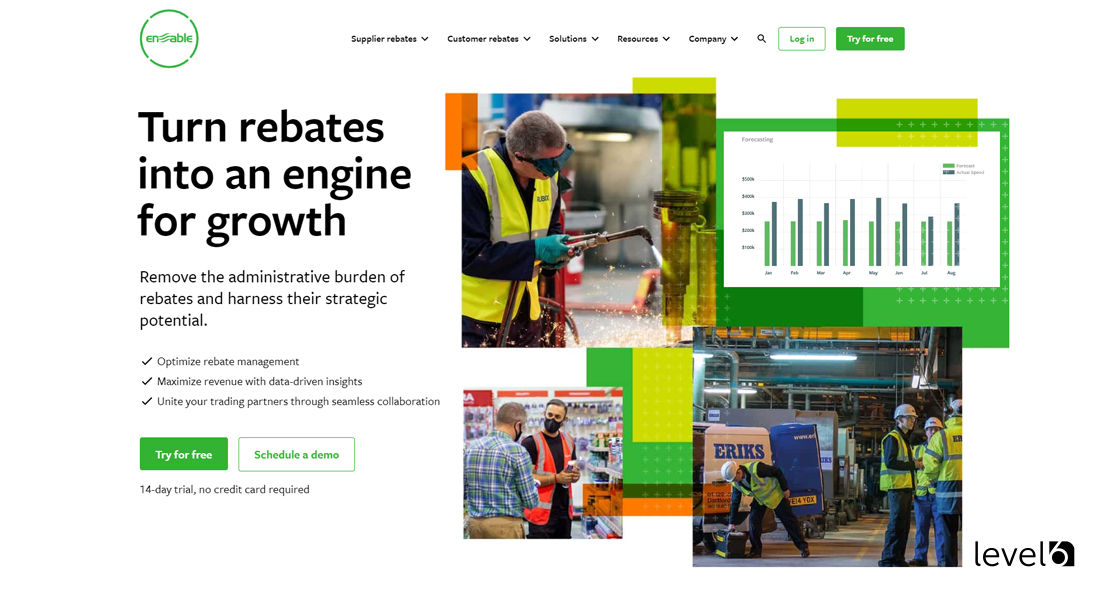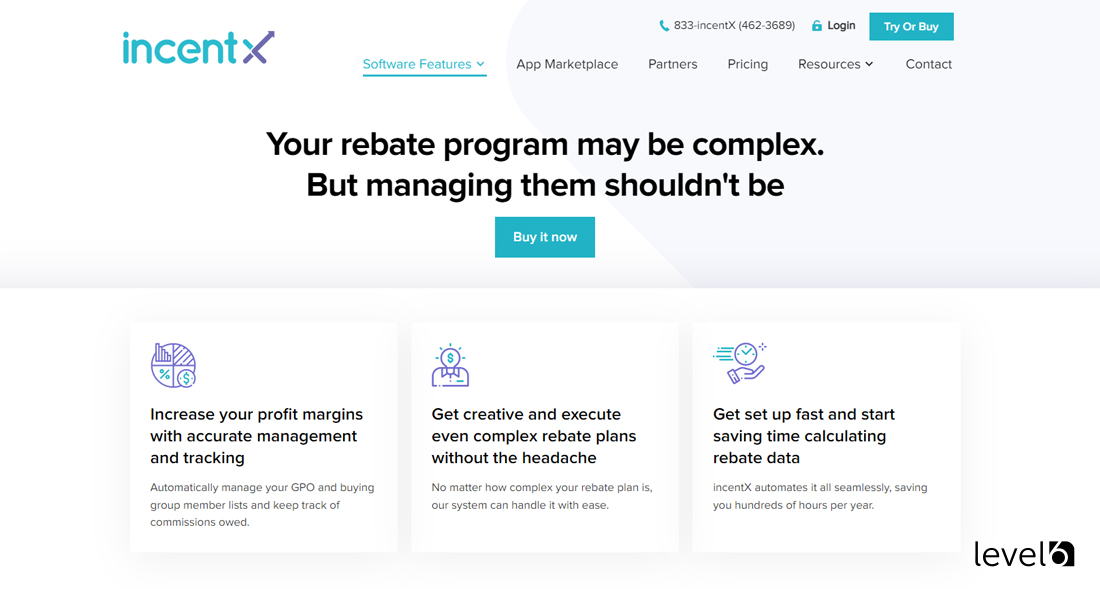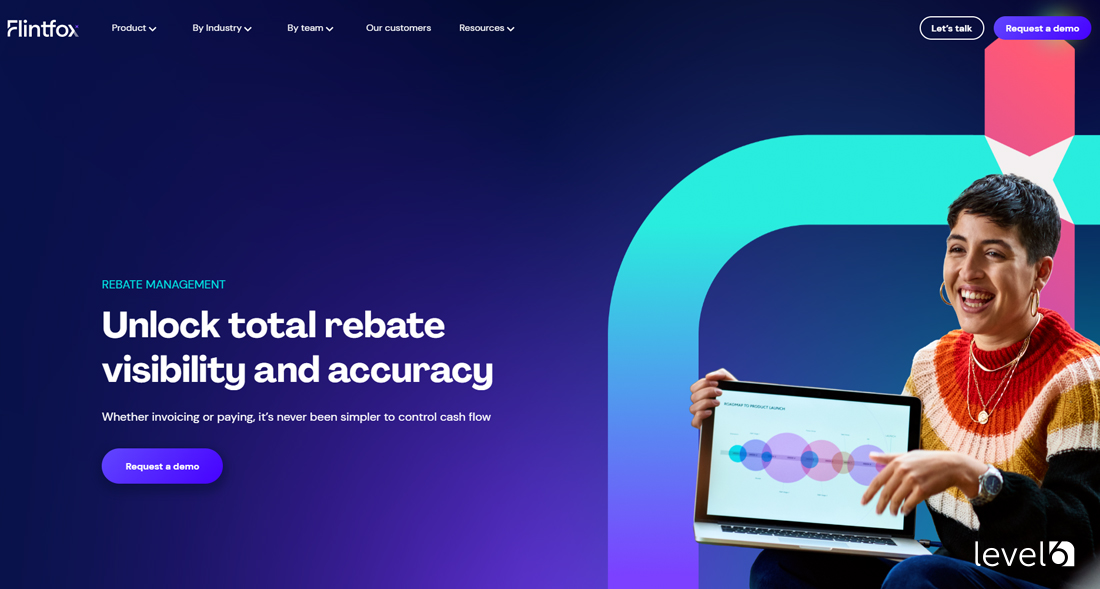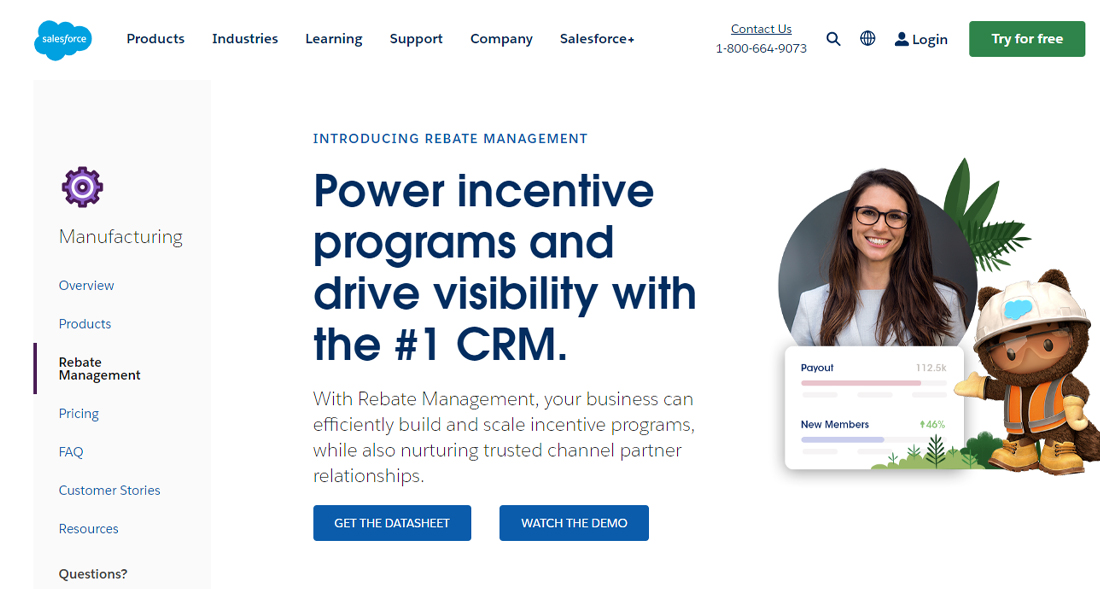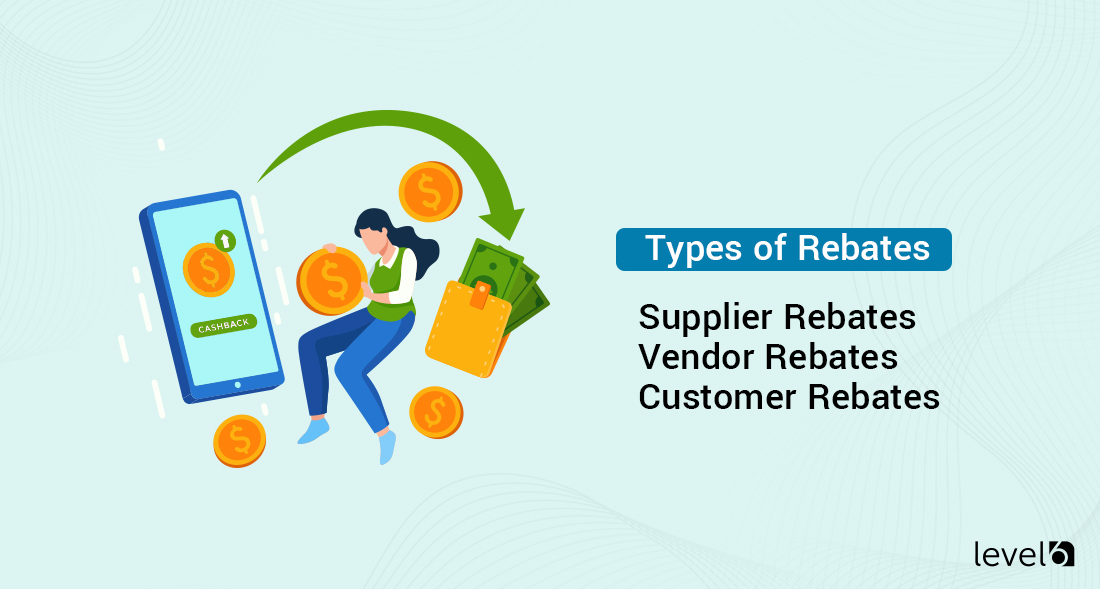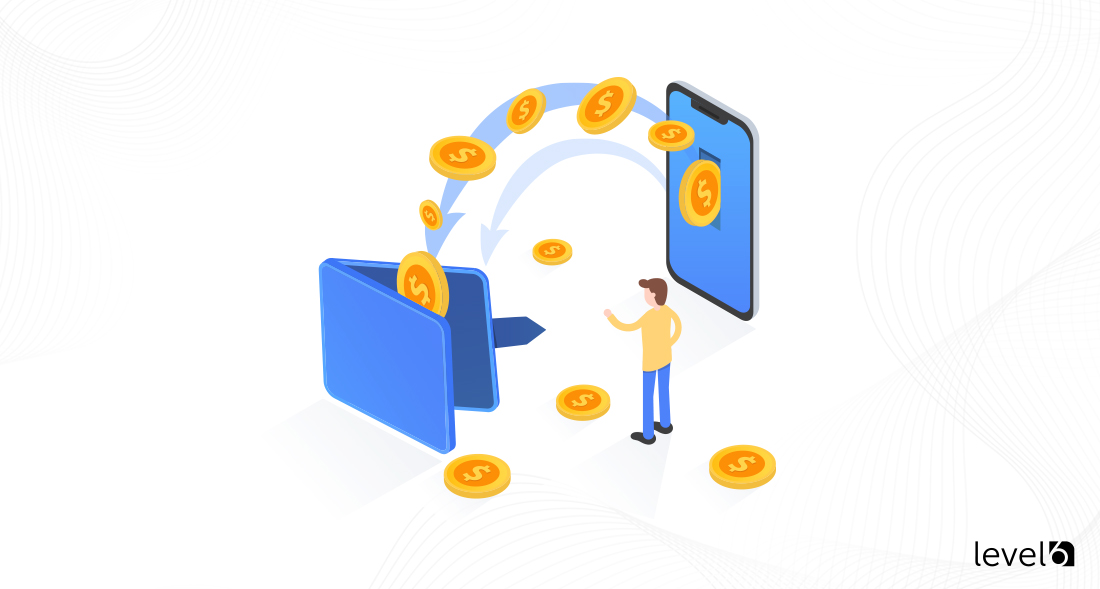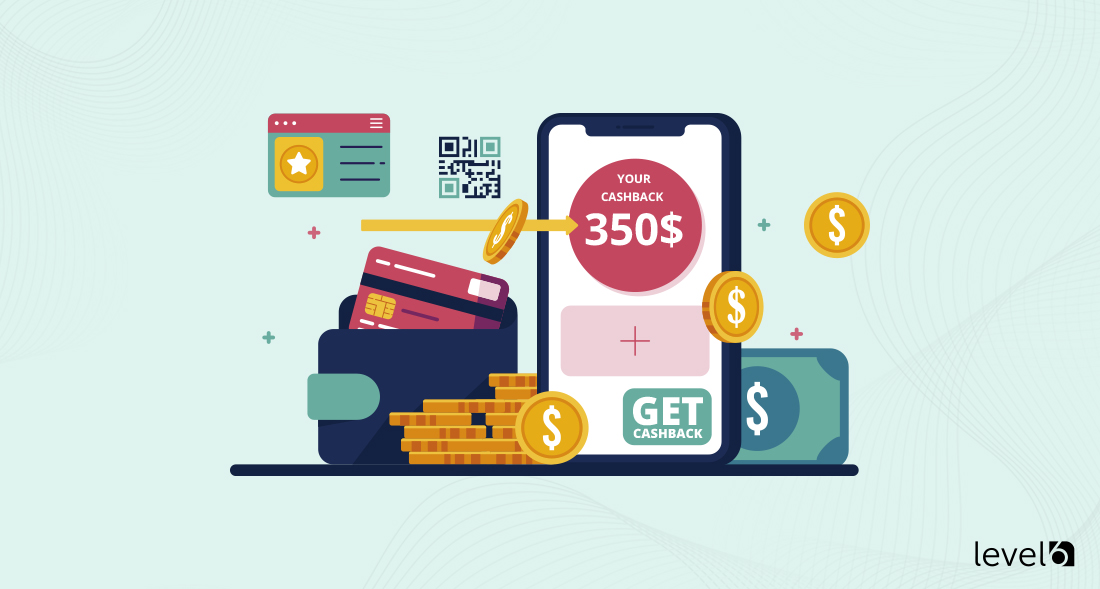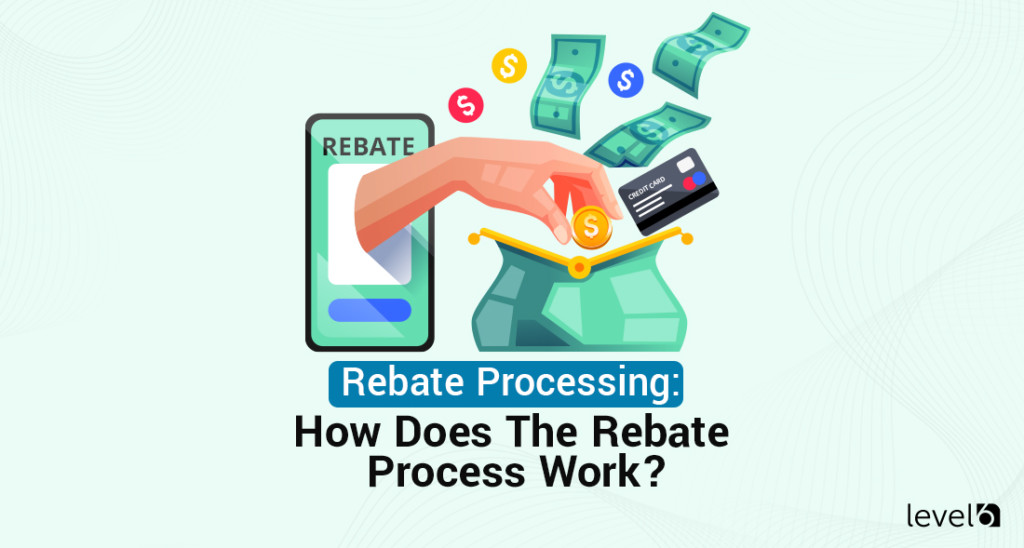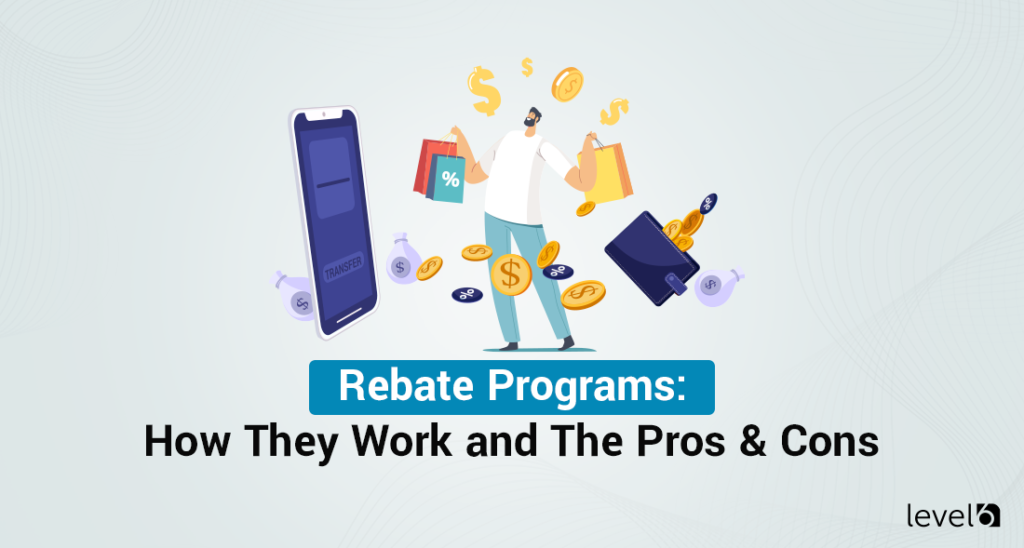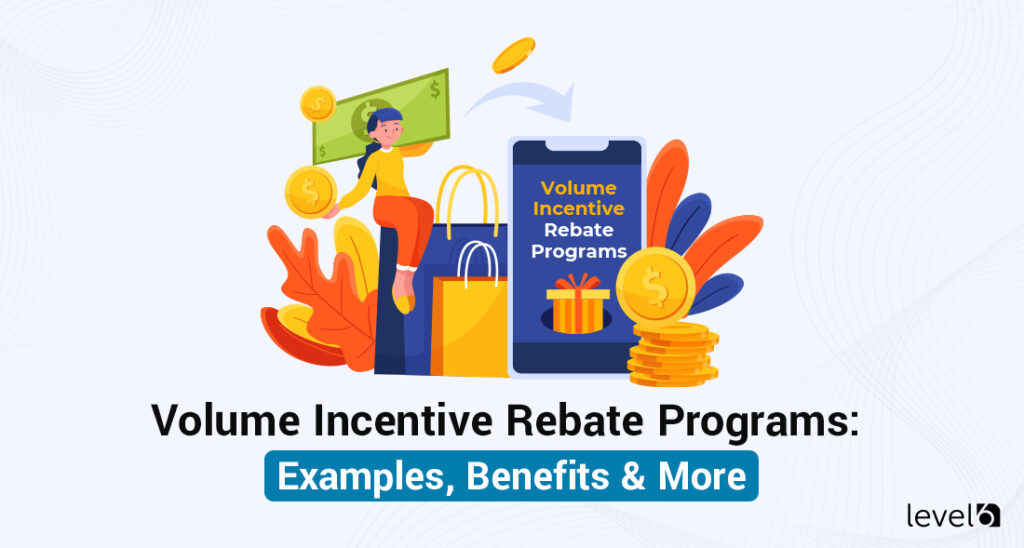When it comes to a conversation about rebates, there are lots of controversies online as to whether they’re good or bad. According to Consumer Affairs, rebates traditionally have a bad reputation because they’re seen as “a hassle to discourage customers from redeeming them.”
Gary Peterson, an ARS analyst from The Wall Street Journal, claims that:
“Rebates are a good business plan only when consumers fail to claim them.”
But not everyone views rebates as a way for manufacturers and suppliers to take advantage of their customers. Most often, a rebate is simply a discount that’s offered after the sale has been completed. Rebates based on volume buying reward a customer once they’ve purchased x amount of product and then get the next one for free.
Data from the Promotion Marketing Association supports this more positive interpretation.
According to a survey they conducted, 75.4% of customers are more likely to make a purchase if they were offered a rebate. Apparently, 15.4% didn’t care either way, and a curious 9.1% were less likely to buy if offered one.
While it’s fair to say that rebates may benefit the seller more than the purchaser — as a tool to increase sales, as a potent marketing tool, and to increase customer loyalty — they also benefit the customer, just with a little more effort and loyalty on their part.
Note: We offer a fully-managed rebate platform! Our service has automatic email confirmations, submission verification, top notch support, a variety of payout options, postage and mailing services, and more. Click here to check it out and schedule a free demo.
Top 6 Rebate Management Software
The best rebate management tools and software help you streamline your system as you grow revenue opportunities, manage administrative processes, and promote better relationships with your customers.
1. Level 6
That’s us – since we have one of the nation’s leading rebate and customer loyalty programs, we couldn’t help but plug ourselves at least once!
Looking to learn more about an incentive, rebate
or reward program for your business?
Curious about costs?
Try our instant pricing calculator:
The Level 6 Rebate Program enables you to reward your customers for their purchases and encourages loyalty and return business. Customers can redeem rebates automatically through a custom-made website, and the email confirmation, submission verification, customer support, and payouts are all handled by our team.
We automatically handle all mailing services, postage, and delivery to your customers. Our payment options are the best in class. Customers can decide if they want to receive a prepaid debit card with their funds (complete with your logo design on the card), virtual cards, or even checks.
What sets our solutions apart from pre-packaged solutions is that they are fully customized to your company for ease of use, efficiency, and return on investment.
- Do you want to let your customers donate to their charity of choice? Easy.
- What about enabling your customers to choose a custom payment method? Done!
If you find the off-the-shelf rebate programs aren’t quite working for your business, we recommend Level 6. You can schedule a free demo to learn how our rebate program will work for your business.
2. SolveXia
SolveXia calls itself “an agile, cloud-based, no-code/low-code rebate management software solution.” According to online reviews, the company offers excellent support services. SolveXia’s software allows for scalability, automation, and new system design and is, as promised, easy to use.
Their validation feature (multi-colored grid) works well and allows you to see exactly where any issues are in the process. Along with automated email, the job of identifying and fixing errors becomes much easier.
3. Enable
Enable program is highly collaborative and is intended to be used to calculate, accrue and allocate rebates. The layout of their performance dashboard is a helpful way to quickly and easily access performance metrics.
Starting with financial and commercial teams, Enable has automated real-time data and gives accurate forecasting along with cross-functional alignment. This lets every department see exactly where the rebate metrics sit. Their program also allows an external extension so your customers and partners can also see up-to-date numbers and processes.
4. incentX
incentX offers rebate management software that automatically manages GPO and buying group member lists. It keeps track of commissions owed and increases your profit margins with accurate management and tracking.
The software allows you to make rebate plans as simple or complex as suits your needs. The system can be used across industries as diverse as automotive, high tech, manufacturing, consumer products, etc.
They promise to save you hours of administrative time and headaches by planning, calculating, implementing, and analyzing your incentive plans on one platform.
5. Flintfox International
Flintfox International prides itself on being the next generation of intelligent pricing. By sending and receiving rebates in “lightning speed with pinpoint accuracy,” they guarantee to lighten your load without you “even lifting a finger.”
As well, their rebate management software is 100% reportable and auditable. With a single click, you’ll see how every price was calculated. Perhaps most compelling of all, Flintfox promises “bulletproof accuracy” and claims that manual errors, lost revenue, and hours of admin work will “evaporate into thin air.”
6. Salesforce
Salesforce offers a free trial period for their rebate management software. The programs give your sales teams and your channel partners full visibility “across the ecosystem.”
Within the CRM, your sales team will see attainment progress, historical payouts, and account activity which will let them identify cross-sell opportunities. High-level data security keeps partners in the loop and engaged. The management system is intended to help you scale rebate programs more efficiently while analyzing real-time performance.
Salesforce Rebate Management has been described as suitable as a “flexible rebate management tool for users regardless of size or type.” They work with a variety of businesses, including mid-size and small businesses, enterprises, freelance, nonprofit, and government agencies.
Who Benefits from Rebates?
Rebates have been around since the 1800s, when railroads lines would give certain guests price reductions. When the Standard Oil Company started offering rebates, they were a huge contributor to why that company could position itself in the oil industry as a monopoly.
As far as the customer is concerned, rebates are “savings-with-a-hassle.” If they think the hassle is worth it, they may buy a cell phone that promises a 10% rebate. Once they’ve paid the full price, they’ll have to fill out a form, copy their receipt and send it off to the manufacturer.
And then, they wait for the rebate check. Hopefully, the company issuing the rebate is honorable and fully intends to give the rebate. But even with all the goodwill in the world, the complications of processing rebate checks can be challenging for a variety of reasons.
Or, in the example of loyalty buying, once they’ve ordered seven cups of coffee at McDonald’s, the eighth will be free.
The true winners in the rebate game are the companies who recognize what a valuable and powerful tool they can be and how they offer different benefits than the ones you get from marketing and other incentive plans. Rebates are a useful tool that lets you boost sales growth without needing to issue a sale. And that can save a tremendous amount of work and hassle.
Types of Rebates
Not all rebates are the same. There are several types of rebates, and they all require specific management and software tracking system setups.
Supplier Rebates: A business can offer a “supplier rebate” for goods or services, where they provide the money back to their customers. These rebates can have different purchasing criteria, such as on purchases over a set dollar amount, for a targeted percentage of sales, and end-user rebates.
Vendor Rebates: These types of rebates occur when a company meets preset purchase targets and then qualifies for a rebate from the vendor. The vendor sets the terms and conditions in a record of contract in order to promote increased business with partner merchants and distributors.
Customer Rebates: Used to reward customer loyalty and spur sales, the majority of customer rebates involve having the customer do the paperwork and then submitting their personal data to the company. Collecting personal data from actual customers is a huge win for businesses.
The Benefits of Offering Rebates
The list of benefits offered by rebates is long and offers compelling evidence that the upside outways the downside. In the United States alone, more than $3 billion worth of coupons and rebates get redeemed every year.
Benefits of offering rebates include:
- The information you gather from a rebate form is a gold mine of consumer behavior that will help collect customer data, build marketing campaigns, enroll shoppers in a loyalty plan, and request reviews.
- Pricing yo-yos — lowered one week and then raised the next, triggering negative reactions. Rebates are understood as a temporary discount, not one that is expected to last.
- Research conducted by the Aberdeen Group in 2018 revealed that reward-based promotions generate a 6% greater average profit margin per customer than discounts do.
- Rebates are usually paid by the manufacturers and don’t affect the profit dealers and distributors make on a product.
- Between the purchase (and full price) and the issuing of the rebate, companies can earn interest on the money.
- If the turnaround time between purchase and rebate extends from one quarter to the next or one fiscal year to the next, accounting figures can look favorable for the previous time frame.
- They create sales incentives at the same time as affecting the customer’s perception of the market value.
- Prices of successful products can remain higher, while rebates get applied to models and configurations that most need them.
- Between 40% and 60% of rebates are never redeemed. Those “savings” stay in the company’s bank account while they look generous to the public. Win, win.
- Rebates are an excellent way for new companies wanting to break into the market to grab market attention.
- Digital rebates can be managed by software that saves on paper, postage, and labor costs for staff to process mail.
- Cost-conscious buyers are 75.4% more likely to make a purchase when offered a rebate.
- Using rebates can build brand loyalty between manufacturers and retailers.
- When offered a rebate reward, 63% of buyers would spend more often, and 65% would spend more from businesses that give them rewards.
Challenges That Come with Offering Rebates
Although we’ve shown you plenty of good reasons why offering rebates can positively affect your bottom line, there can also be significant challenges that need to be addressed.
The biggest challenge that comes when you offer rebates is this: it’s complicated.
Not only is managing rebates complicated, but trying to create your own program can easily end in tears. After studying 5 million hours of desktop activity, Pegasystems found that “ineffective software and poor processes” slowed down productivity for many employees.
The results of the study showed that employees needed to switch between up to 35 applications nearly once a minute (1,100 times a day). The two main culprits that were to blame for this statistic were a combination of inefficient system programs and employees being distracted from their core work.
When it comes to rebate programs, the number of variables involved can make it confusing to determine whether you’ll be best served with a single rebate program or if you need a group of programs to tailor your rebate offering to specific demographics.
Not convinced? Here’s a list of the 7 most popular rebate examples that show just how many varieties of rebate programs exist:
- Volume incentive rebate.
- Value incentive rebate.
- Growth incentive rebate.
- Product mix incentive rebate.
- Product level FOC incentive rebate.
- Buy X, Get Y free incentive rebate.
- Standard % of turnover rebates and standard value/unit incentive rebate.
According to Enable, it’s not uncommon for organizations to have their rebate data stored and managed in several departments within the company. They find themselves with outdated data entered in different formats and without an overall company context.
These disparate systems are usually kept in departmental silos: marketing, procurement, customer service, etc., and because they run separately, the entire rebate process becomes unwieldy and even more complicated than it already is.
Some of the problems this leads to affect communication between your employees and trading partners and end up costing your bottom line. Data entry mistakes that happen when data gets exported from one system to another, even a 1% error rate, which is the average benchmark for manual data entry, can add up fast.
The more entry points due to running disparate systems there are, the less reliable the data will be. Some other challenges and weaknesses that come with having different systems and which negatively affect a rebate management system include:
- Each system makes decisions without all the information.
- Making reports involves collating, which creates another chance for human error.
- Gartner reports that 91% of IT staff spend time on integration, maintaining, and upgrading multiple systems.
- Time-limited trading partners may not want to wait for staff to find relevant information.
- Inefficient and disjointed processes are time wasters.
Benefits of Using a Rebate Management System
There’s a world of difference between manually managing rebates instead of finding the right rebate management system. This makes having the ability to customize how you manage your rebates so critical.
Even though few (if any) companies use paper spreadsheets to track their rebate program, not all rebate management systems offer the exact flexibility and well-crafted plans that can:
- Simplify processes through automation.
- Minimize disputes with accurate audit trails.
- Improve cash flow with timely and accurate rebate claims.
- Improve profit margins by using accurate pricing calculations.
- Automate processes to free up finance and commercial teams for other work.
- Develop a better collaboration with trading partners.
While it’s clear that rebate programs are not for every business:
You can’t afford to ignore this powerful marketing strategy with the right rebate management tools and software.
If you’re thinking of rolling out a rebate program, you should consider our fully-managed rebate program! We provide a platform with automatic email confirmations, submission verification, top notch support, a variety of payout options, postage and mailing services, and more. Schedule a free demo to see how our platform can work for you.

Claudine is the Chief Relationship Officer at Level 6. She holds a master’s degree in industrial/organizational psychology. Her experience includes working as a certified conflict mediator for the United States Postal Service, a human performance analyst for Accenture, an Academic Dean, and a College Director. She is currently an adjunct Professor of Psychology at Southern New Hampshire University. With over 20 years of experience, she joined Level 6 to guide clients seeking effective ways to change behavior and, ultimately, their bottom line.
 Demo
Demo